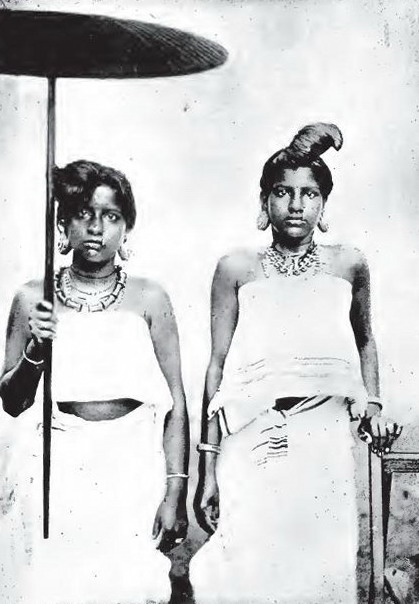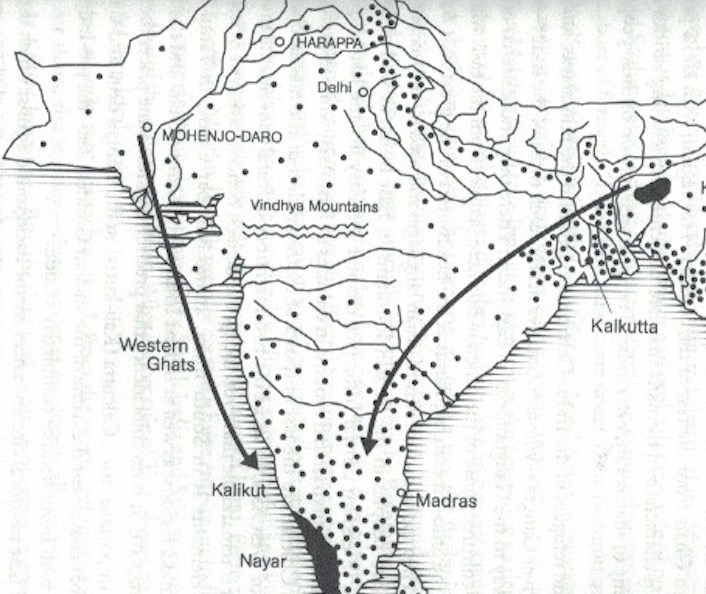P R E H I S T O R I C M A T R I A R C H A L
P O P U L A T I O N S I N I N D I A
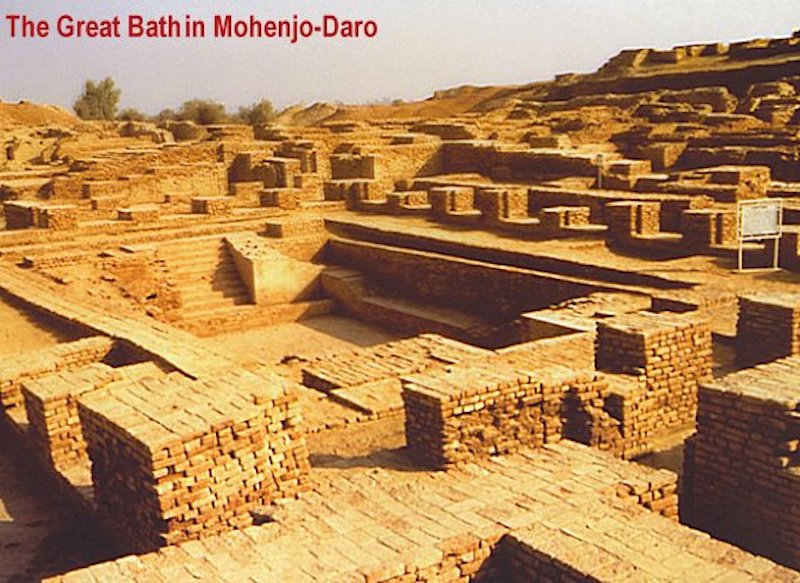
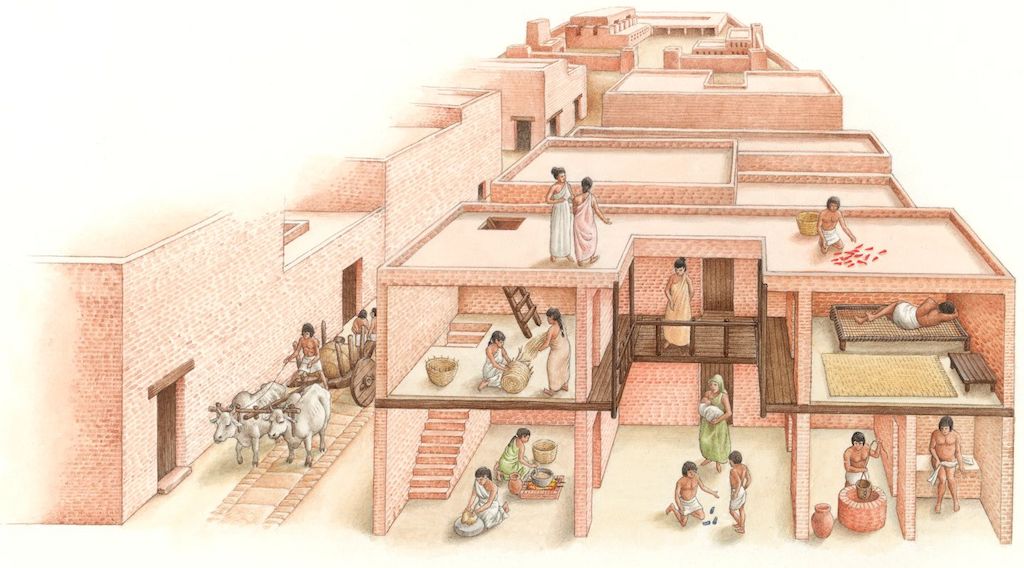
Heide Göttner Abendroth writes in chapter 15; Matriarchy in south India in her great work Modern Matriarchal Societies, Studies on Indigenous Cultures around the Globe:
"For Indias ancient Divine Mothers, The Ammas, and for Bhagavati Goddess of Nayar"
15.1 Matriarchy within the caste system
From the perspective of matriarchal forms of society, the history of Northwest India and South India unfolded very differently from that of Northeast India. The matriarchies of Norteast India (Kasi and others ) are very similar to peoples of Tibet and East Asia, while NorthWest India´s history has been influenced by matriarchies from Western Asia. The matriarchal cultures of Northwest India enjoyed long continuity until the time of patriarchal invaders, who also came from Northwest. The Matriarchal history of South India has been shaped by these historical development in the Northwest, and this influence has given it a unique profile. Because of this, matriarchal societies on the Indian subcontinent are handled separately in this work; that is in their own cultural context, rather than in their coincidental inclusion in the modern Indian State.
"Matriarchy within the caste system" is a contradictions in terms.
Nowhere did patriarchal hierarchy permeat a society more completely than it did in India´s Hindu cast system. Matriarchal systems, in contrast, don´t have hierarchies of gender, where ones is above the other: nor do they have hierarchies of occupation, where a particular activity is more or less important than another one. But in patriarchal societies, both of these hierarchies are typical, and in Hindu India they developed into a way of life.
The paradox of "matriarchy within the caste system"" can only be explained in the context of India´s unique history. Like all Neolithic and Bronze-Age urban cultures, the ancient culture along the Hindus River in Northwest India was based on matriarchy and remained matriarchal throughout his long history. Many archaelogists consider it to be an offshot of closely related early Sumerian culture. Its most famous places are the centers of Mohenjo Daro and Harappa. This celebrated Indus Culture was highly developed agricultural and urban civilization, and its seafaring capabilities extended its reach far beyond the immediate region. This was true not only along the great Indus River, but also on the seacoast, as far away as Mesopotamia.
It flowered for more than a thousand years, until Northwest India was conquered by patriarchal, Indo-European Aryans. They destroyed the Indua Culture and began to patriarchalize India; the hierarchical caste system sancioned by religion goes back to the Aryans."
Archaeologists recently have had to set the dating of this Indus culture back with no less than 3000 years. From being assumed to have begun about 5000 years ago, recent findings and measurement methods have shown that the oldest findings from this culture are approximately 8000 years old.
Here, there was almost like a modern welfare society regarding the amenities of the accommodation with running water and baths in all apartments and in this article: it is claimed that this would have been unique to this culture at this time. People also seemed to have lived an easy life with lots of games and leisure, according to what the artifacts that the archaeologists have excavated, have revealed..
It is further claimed that this culture would be even older than Mesopotamian and Egyptian and thus the oldest in the world, which one may treat with caution though. In Old Europe there was also a highly developed culture that we never hear about, which had already begun 8-9000 years ago. And you never know which will be a new finding in the sense. Perhaps they will find yet mor ancient cultures under the sand in the Sahara desert?
Not surprisingly there is a great deal of disagreement about most things in this culture, as it abundantly clear reveals the same matriarchal foundation as all the other prehistoric high cultures, such as around 3500-1500 B.C. came to be invaded by aggressive colonialist patriarchal warriors from the northeast who also painted this flourishing high culture into gravel and ash. There are many signs that it had to meet the same fate as other matriarchal high cultures by the same time, being invaded by Aryan warriors and forced to convert to their patriarchal Vedic Brahminism, which eventually transformed into the Brahamism, which imposed on the former matriarchal peaceful and egalitarian groups of indigenous Indians, the s.c "Dravidians" (many of which demonstrate religious and linguistic relatives with the West Africans) its strong hierarchical spinning and misogynamic treatment of women, not least through the horrendous practice of burning widows alive together with their men's bodies.
Beyond these circumstances there was also a case of major nature disasters in the whole area that might be associated with those who hit the Cretan high culture around 1500 BC, which may have helped to worsen the situation by making a lot of people homeless as then formed the same kind of destructive activity as for example by modern-day´s ISIS warriors.
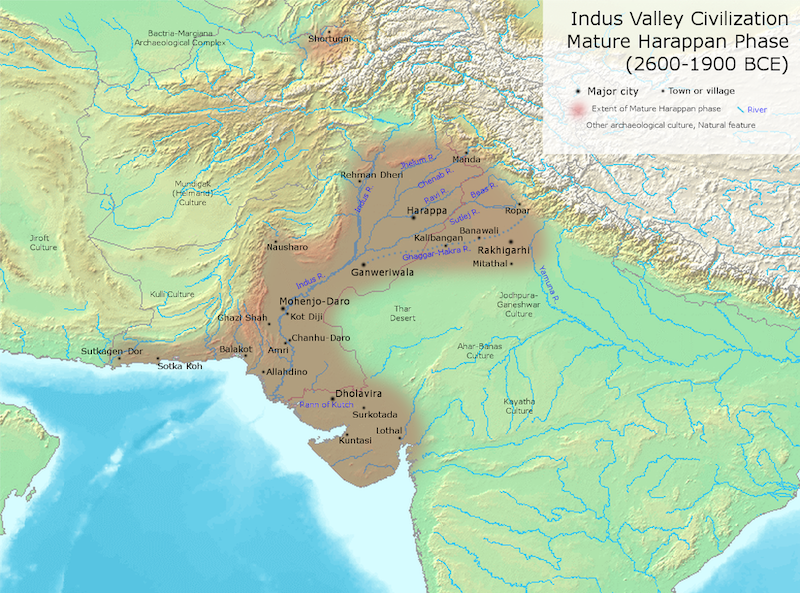
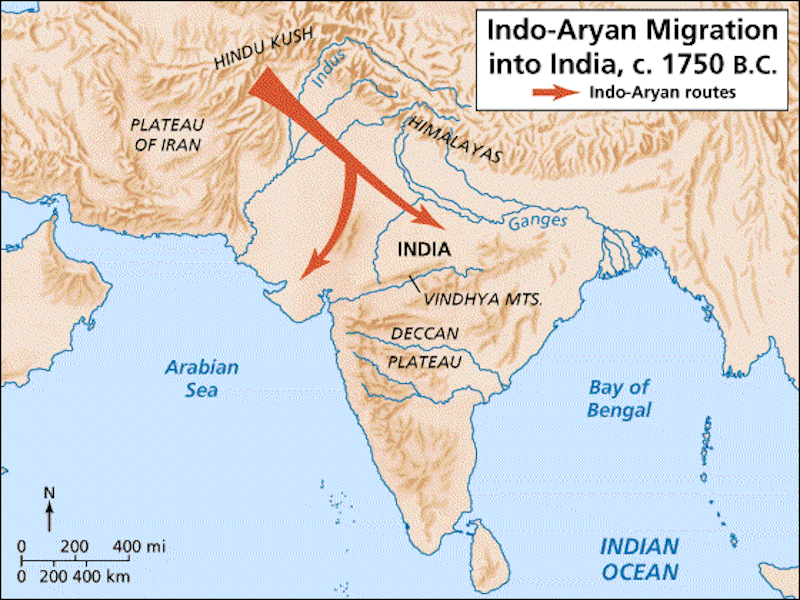
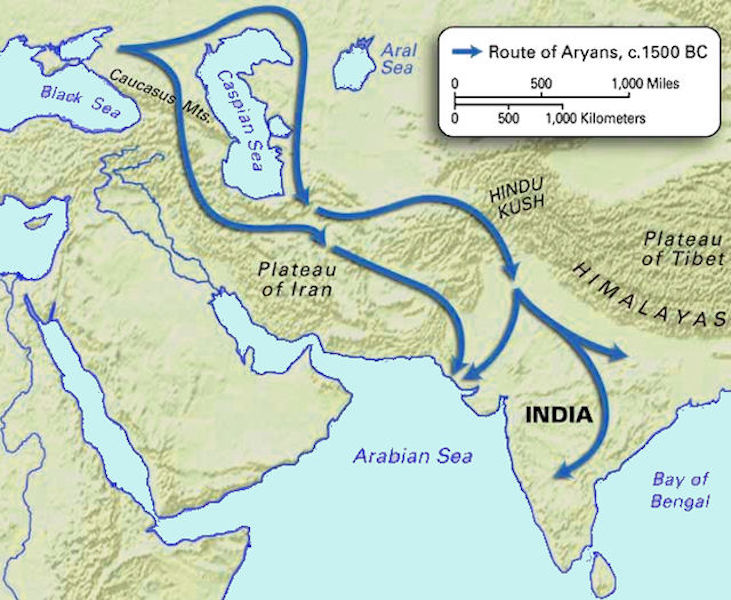
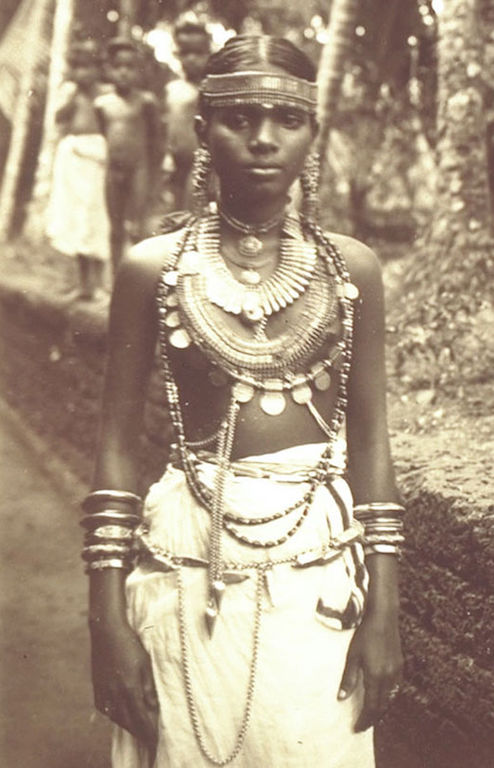
A young Nayar woman from the beginning of the 20th century
No-where in the world has patriarchal hierarchy permated a society more completely than in India. And although the idea of egalitarianism is crucial for the matriarchal ideology, and therefore makes up a real contrast to the superimposed misogyne caste system of the Brahmins, there are quite a few peoples in India who stubbonly up until modern times have struggled for to retain their matriarchal traditions of wich the most famous are the Nayar i Kerala, Khasi and Garo in Assam and the forestliving hunter and gatherer Vedda-poeoples who nowadays are almost totally extinguished But in the most remote areas of the wild forests in India there are miljons of other still matriarchal peoples who all of them are more or less threatened by the increasing invasion of commersial expropriation of their realms.
These peoples have never developed hierarchies of occupation in which some activities are seen as more important than others. Instead these features are typical for patriarchy. And in India the Hinduism has imposed these fundamental building blocks on the former matriarchal peoples in a way that makes their situation unbearable. But still, surprisingly enough, there areas we shall see quite a few matriarchies or peoples with matriarchal features, who up until today have succeeded to get away from the threats to their culture, using the strategy of mobility or avoidance.
Quoting Heide Göttner Abendroth in her extended work, translated into English; Matriarchal Societies: Studies on Indigenous Cultures Across the Globe, 2012,
"After the destruction of the Indus Culture, many people with matriarchal traditions had to flee the aggressive Aryans by migrating south in their ships seeking a new motherland. Along the west coast refugees reached South India including, in its southwestern corner, the region of Kerala. Kerala forms the southern portion the Malabar coast, with its heavenly, luxurious landscapes, sharply cut off by the Western Ghats from the rest of the country. This region with all its peoples and castes, is characterised by many matriarchal elements, including various degrees of matrimony or matriarchy, even today. The most well known of these peoples are the Nayar.
The refugees of the Indus culture also fled into the Himalayas, and along the great river Ganges - whose tributaries nearly reach those of the Indus - and made their way to Ganges Delta in East India. There they encountered other matriarchal cultures: those from the Tibetan-Burmese peoples from the east, whose origins lay in the Sino Tibetan highlands at the headwaters of the great East Asian waterways. They spoke ancient Austro-Asian languages still used by the matriarchal Khasi and Garo peoples in the Khasi Mountains in East India, as well as by scattered groups in eastern central India. They are the last outposts of the migrations of matriarchal cultures of East Asia, while the refugees of the Indus Culture are the last outposts of the migration of the matriarchal river culture of West Asia. In India the two migratory cultural movements met.
It is remarkable that even today, the densest concentration of matriarchal cultural elements is in South India, as the Malabar coast, in Tamil Nadu and Karnataka regions, as well as in East India in the Ganges Delta and the Khasi Hills. (See map!) It is no coincident that precisely in these same places the largest and most important cities; Calcutta (Kali-kutta) in the Ganges delta and Calicut at the Malabar coast bear the name of the ancient Goddess Kali, the pre-Indo-European deity who never became completely Hindu."
Thereafter Heide Göttner Abendroth makes a report of the following events during the millennia, to which I will return later and how several waves of invaders forced the Nayar people to become warriors in order to defend themselves.
